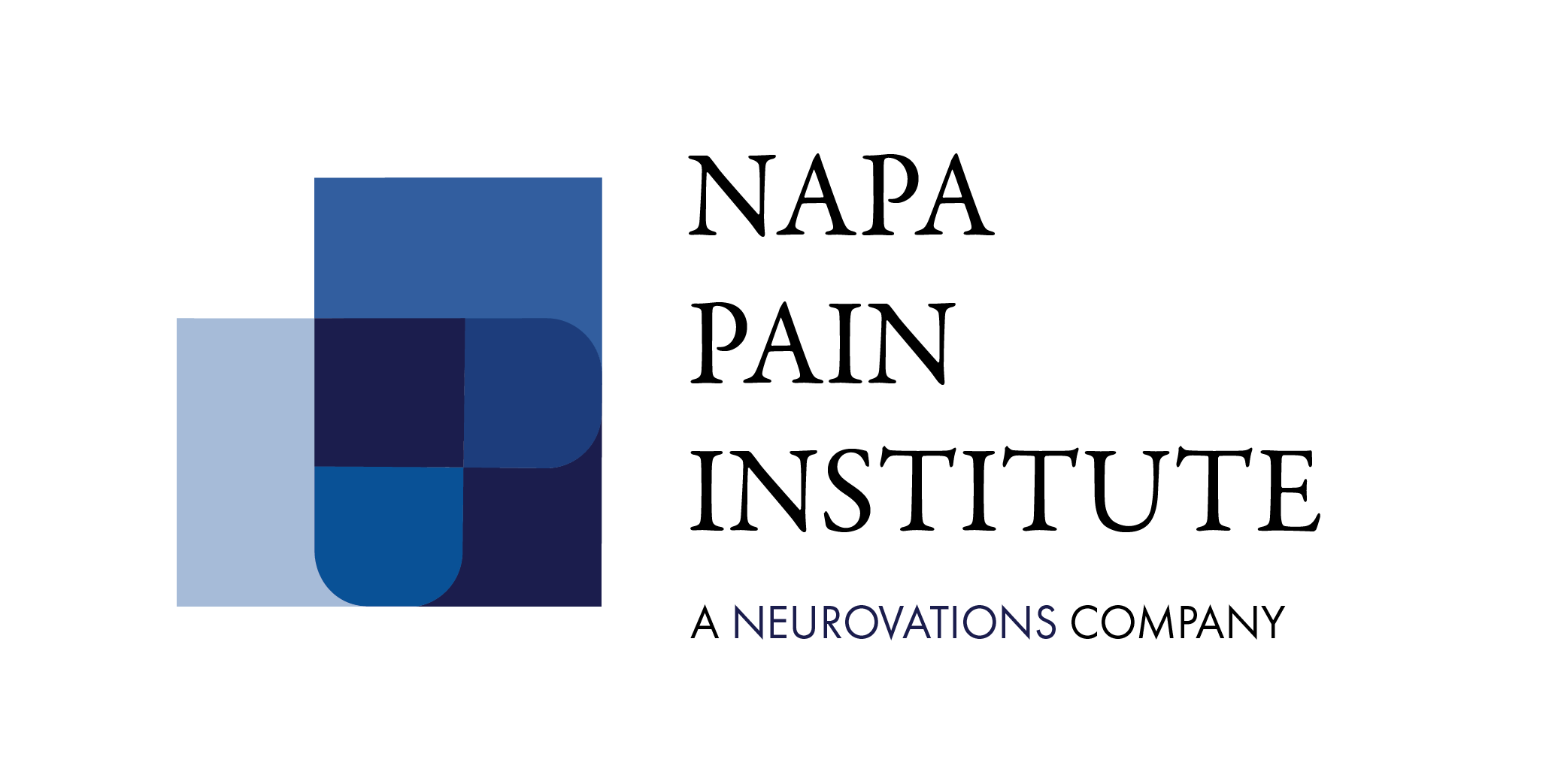Intrathecal medicine, a form of therapy involving the administration of medications directly into the spinal canal, has emerged as a groundbreaking approach in the field of healthcare. This targeted delivery method offers a range of benefits and has revolutionized the treatment of various medical conditions, providing relief and hope to countless individuals worldwide.
Understanding Intrathecal Medicine
Intrathecal medicine involves the insertion of a small, flexible catheter into the intrathecial space surrounding the spinal cord. Through this catheter, medications such as pain relievers, anti-spasmodics, and other therapeutic agents are delivered directly to the cerebrospinal fluid. This method bypasses the bloodstream, allowing for precise and concentrated doses to reach the affected area, thereby minimizing systemic side effects.
Advantages of Intrathecal Medicine:
1. Enhanced Pain Management
One of the most notable benefits of intrathecal medicine is its efficacy in pain management. For individuals suffering from chronic pain conditions like neuropathic pain, cancer-related pain, or failed back surgery syndrome, intrathecal pain pumps offer targeted relief. By directly targeting the spinal cord, medications can provide substantial pain relief with lower doses compared to oral medications, reducing the risk of systemic side effects.
2. Minimized Side Effects
Traditional oral medications can often lead to unwanted side effects due to their systemic distribution throughout the body. Intrathecal administration significantly reduces these side effects since medications are delivered directly to the site of action in the spinal cord. This precise targeting minimizes systemic exposure, decreasing the likelihood of adverse reactions and enhancing patient comfort.
3. Improved Drug Efficacy
The spinal cord and cerebrospinal fluid act as a direct pathway to the central nervous system. Medications delivered intrathecally have a more immediate and potent effect, as they bypass barriers that oral medications must navigate, leading to improved drug efficacy. This heightened efficiency allows for lower medication doses while achieving superior therapeutic outcomes.
4. Management of Neurological Disorders
Intrathecal medicine has shown promise in managing various neurological conditions such as spasticity, multiple sclerosis, and certain movement disorders. By delivering medications directly to the central nervous system, this approach can help alleviate symptoms, improve mobility, and enhance the quality of life for patients facing these challenging conditions.
5. Customized Therapy
Intrathecal drug delivery systems offer the advantage of customizable therapy. Physicians can adjust dosages according to individual patient needs, providing personalized treatment plans to optimize efficacy and minimize side effects. This flexibility allows for better management of symptoms and improved patient outcomes.
Conclusion
The advent of intrathecal medicine represents a significant stride in modern healthcare, offering a targeted and effective approach to managing pain and various neurological conditions. Its ability to provide enhanced pain relief, minimize side effects, improve drug efficacy, and offer tailored treatment plans underscores its importance in the medical landscape. As research and technology continue to advance, intrathecial medicine holds tremendous promise in transforming the lives of patients worldwide, offering hope and relief where it’s needed most.





